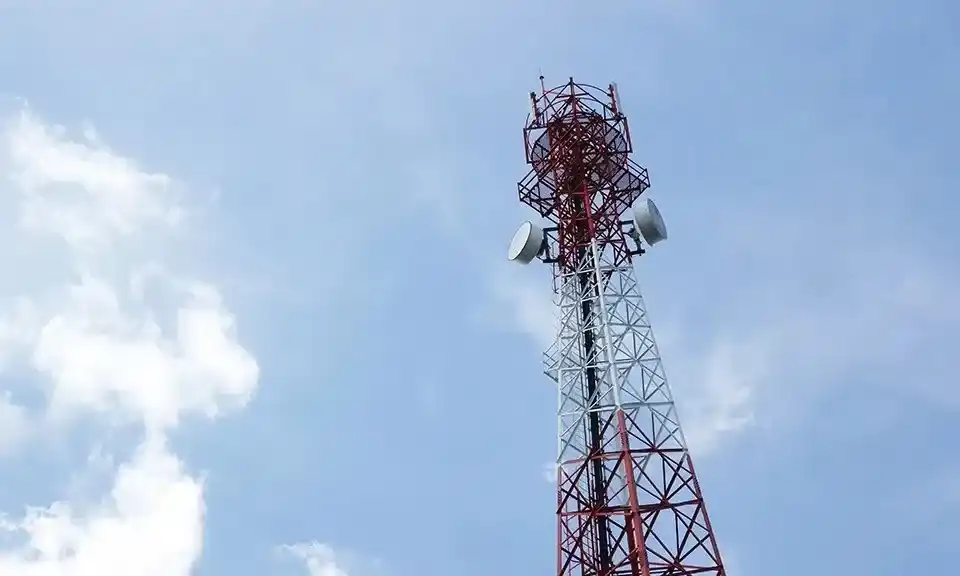In the world of transformer design and power systems, one of the most essential decisions involves choosing the right core material: Ferrite Core Transformer or Iron Core Transformer. For decision makers—especially engineers, purchasing managers, and OEM product designers understanding the difference between these two types of core materials is vital for selecting the best custom transformers for their applications. This article breaks down the fundamental differences, advantages, and best-use scenarios of each, helping you make more informed choices for your projects.
What Is a Ferrite Core Transformer?
A Ferrite Core Transformer uses ceramic-like magnetic materials made primarily from iron oxide mixed with other metals like nickel, manganese, or zinc. These materials are non-conductive, which means they reduce eddy current losses significantly at high frequencies.
Key Benefits of Ferrite Core Transformers:
Ideal for high-frequency applications (above 20 kHz)
Lightweight and compact
Excellent for electronic circuits and telecommunications
Lower eddy current losses than iron cores
Lower cost at small scales
If your project involves switching power supplies, RF applications, or telecommunications, ferrite cores are often the optimal choice.

What Is an Iron Core Transformer?
Iron Core Transformers are made with laminated sheets of silicon steel. These transformers are commonly used in low-frequency, high-power applications, such as in the electric grid and industrial equipment.
Key Benefits of Iron Core Transformers:
Higher power handling capacity
More durable and robust for industrial use
Cost-effective at large power scales
Better suited for low-frequency applications (50/60 Hz)
Iron cores are typically used in Distribution Transformers, Grounding Transformers, Autotransformers, and Instrument Transformers—all essential for utility and industrial-level power management.
Use Cases and Applications
Understanding when and where to use each type of core material is essential for any procurement or design decision.
Ferrite Core Use Cases:
Switch-mode power supplies (SMPS)
Radio-frequency transformers
Medical electronics
Aerospace and compact embedded systems
Iron Core Use Cases:
Power distribution networks
Heavy industrial machinery
Utility substations
Grid stabilization systems
The Rise of Amorphous Core Transformers
While Ferrite and Iron cores dominate the transformer market, a third option is gaining traction—Amorphous Core Transformers. These cores are made from a non-crystalline metal alloy that offers even lower core losses than traditional iron cores.
Why Consider Amorphous Core Transformers?
Up to 70% lower core losses than silicon steel
Higher efficiency over a wide load range
Ideal for energy-conscious installations and green building projects
They are especially valuable in Distribution Transformer applications where energy savings over time can be substantial.
Custom Transformers: A Tailored Approach
For companies with unique requirements—whether it’s size constraints, specialized voltage regulation, or unusual frequency demands—custom transformers are often the best solution. Custom designs can incorporate the ideal core material (ferrite, iron, or amorphous), ensuring optimal performance and efficiency.
Choosing the right core is a critical part of the design process. A knowledgeable transformer partner can help evaluate all requirements, from thermal constraints to magnetic saturation limits, and create a transformer that meets both performance and cost goals.
Making the Right Decision
To summarize:
Choose Ferrite Core Transformers for high-frequency, low-power electronic applications.
Opt for Iron Core Transformers for low-frequency, high-power grid and industrial use.
Explore Amorphous Core Transformers for enhanced efficiency and energy savings in power distribution.
Always consult with an expert when specifying custom transformers to ensure the best fit for your application.
Whether you're sourcing Instrument Transformers for metering, Grounding Transformers for fault protection, or Autotransformers for voltage adjustment, the core material is a foundational decision. Selecting the right one ensures performance, longevity, and return on investment.


Write a comment ...